Perfectly straight posture – it is not only one of the components of human beauty, but also a sign of health. Change in the natural position of the vertebrae, stoop – All this directly affects the work of internal organs. Cervical kyphosis greatly changes the appearance of a person, making him unattractive. And he threatens with serious complications, up to paralysis. How to avoid it? How to determine in time that you or your loved ones – cervical kyphosis?
The editors of estet-portal.com will cover all the details of this disease of the skeletal system.
- Cervical kyphosis: features and symptoms
- Cervical kyphosis: causes of occurrence
- Cervical kyphosis: what complications can it give
- Cervical kyphosis: what can treatment
Cervical kyphosis: features and symptoms
Cervical kyphosis manifests itself as pain and muscle spasms in the cervical region, there is a decrease in motor activity and a constant feeling of discomfort. The disease can also be accompanied by headaches and dizziness, problems with hearing and vision, pressure surges. This is due to the fact that all nerve structures and blood vessels pass through the cervical region. And if there is their pinching and squeezing, then there are corresponding problems.
Subscribe to our page on Instagram!
Symptoms of cervical kyphosis:
• impaired mobility in the cervical region;
• crunchy feeling when turning the head;
• pain in the occipital region;
• incoordination.
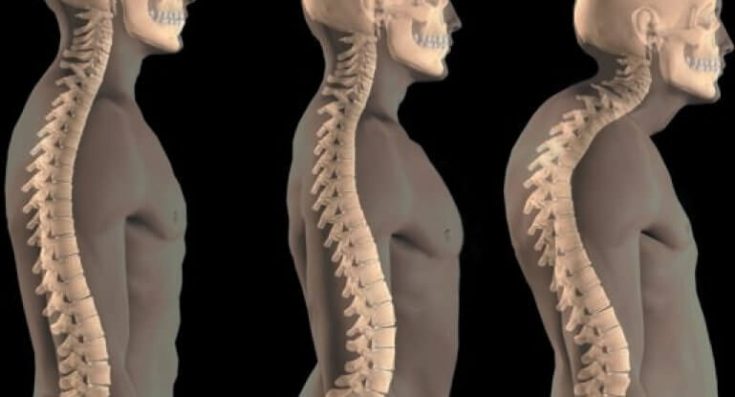
To confirm the diagnosis, the specialist will prescribe an x-ray, MRI and computed tomography. The last two options are necessary for a more detailed study of the vessels and nerve endings in this area.
Read also: Cervical vertebrae – main responsible for human health
Cervical kyphosis: causes
Cervical kyphosis occurs in people of all ages, including infants. That is, the problem can be both congenital and acquired.
Congenital kyphosis appears due to such factors:
• anomalies in the development of the anterior sections of the vertebrae, which are transmitted from generation to generation.
• problems in the intrauterine development of the child, postpartum trauma.
Congenital causes also include rickets, which appears in the first year of a baby's life. In this case, kyphosis develops due to the softness of the vertebrae themselves and the weakness of the muscles.
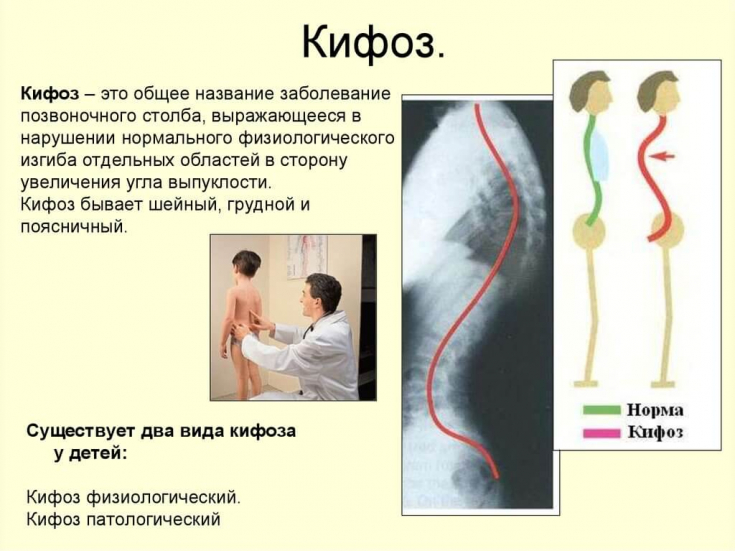
Acquired kyphosis appears for the following reasons:
• age-related changes in the intervertebral discs and the bodies of the vertebrae themselves;
• spine diseases – osteoporosis, osteochondrosis, etc.;
• injuries of the spine or ligaments of the back;
• incorrect body position while sitting;
• insufficient physical activity or its complete opposite – excessive exercise;
• infections and inflammation in the cervical region;
• bone tuberculosis;
• tumors of the spine or soft tissues next to it.
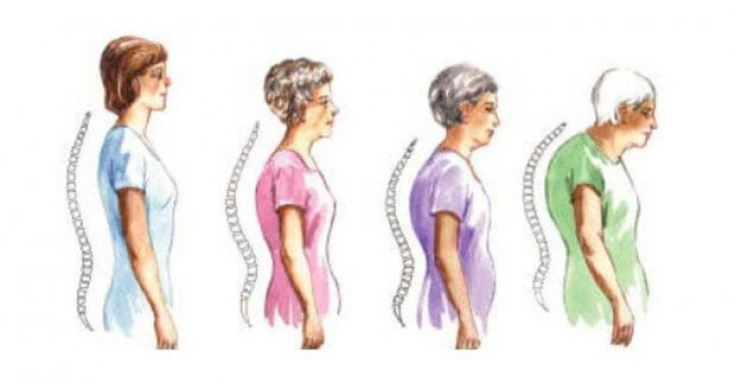
Cervical kyphosis develops gradually, rather than appearing immediately. That is why its beginning can be seen by a change in the position of the cervical region. Main – do not delay the moment of treatment in order to avoid complications.
Read also: Correct posture: learning to stand royally
Cervical kyphosis: what complications can it give
At its core, cervical kyphosis is not an independent disease. It appears as a result of other problems with the musculoskeletal system, and also leads to other diseases by itself. Therefore, the curvature of the kyphotic type cannot be ignored. As soon as it appears, measures must be taken immediately to avoid problems.
What complications can cervical kyphosis cause:
1. Deformity in the chest area, specifically – incorrect position of the ribs. This leads to the fact that it is difficult for a person to perform habitual actions, for example, bend over.
2. Pulmonary insufficiency may develop as a result of constant compression of the lungs.
3. Numbness of the upper limbs and problems with the functioning of the motor apparatus.
4. Complete deformity of the cervical region, which ends in paralysis of the body.
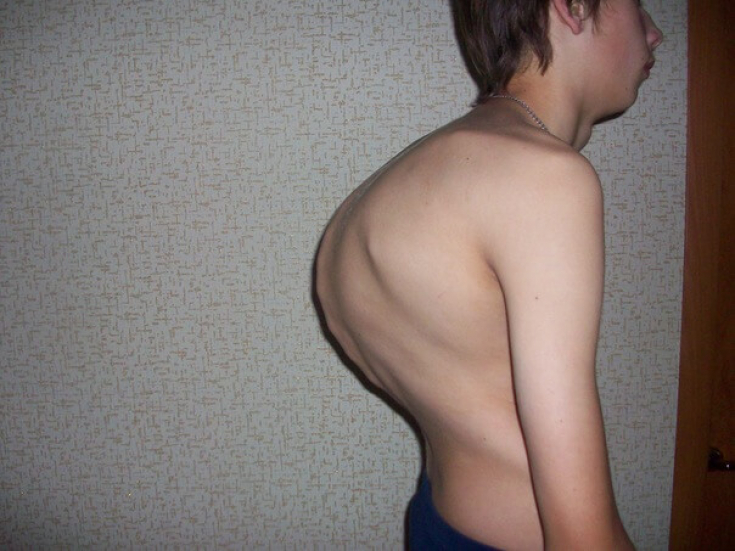
Thus, treatment should be started as soon as you notice negative changes in the cervical region. This will help prevent not only the development of more serious problems, but also preserve the beauty of – after all, cervical kyphosis literally disfigures the appearance of a person.
Read also: Lordosis and kyphosis – what you need to know about posture enemies
Cervical kyphosis: what can be the treatment
Modern possibilities of medicine make it possible to successfully treat cervical kyphosis, especially if you applied for it at an early stage of the disease. Thus, you will not only maintain health and beauty, but also prevent complications.
First of all, kyphosis treatment is aimed at getting rid of the factors that provoked its development. Pain is relieved with non-steroidal anti-inflammatory drugs. And the main role in the treatment is assigned to a special corset. It helps to correct the position of the spine and also strengthens the muscles of the neck.
Physical education is also a necessary element of treatment. It is designed to make the neck muscles more resilient, to strengthen the entire corset that supports the spine in the correct position.
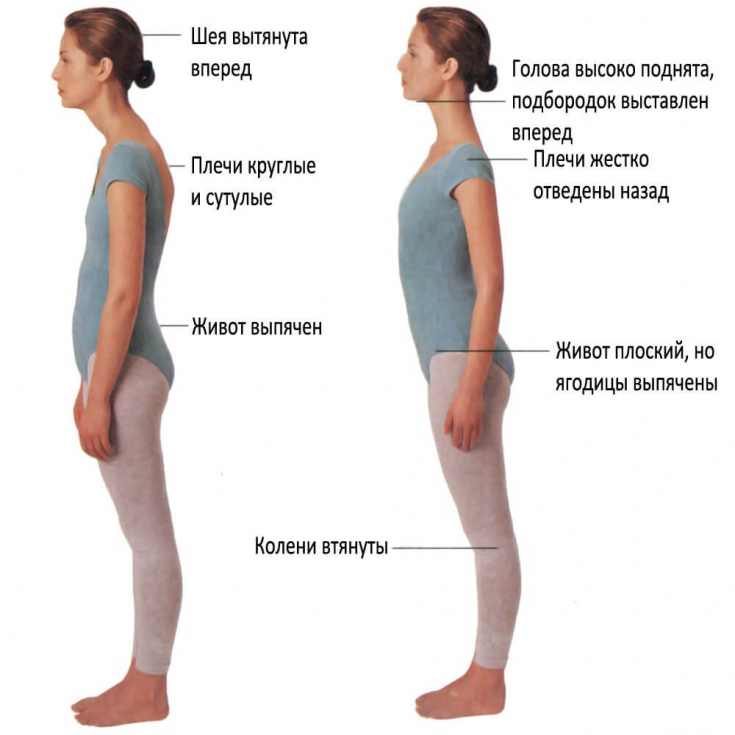 Cervical kyphosis
Cervical kyphosis
requires comprehensive treatment, as well as further prevention – so that he doesn't reappear. That is why, if you have a sedentary job, it is important to observe the correct fit at your desk, monitor your posture, play sports to strengthen the muscle corset.
Read also:
Lumbar Scoliosis – how to diagnose the disease in time





